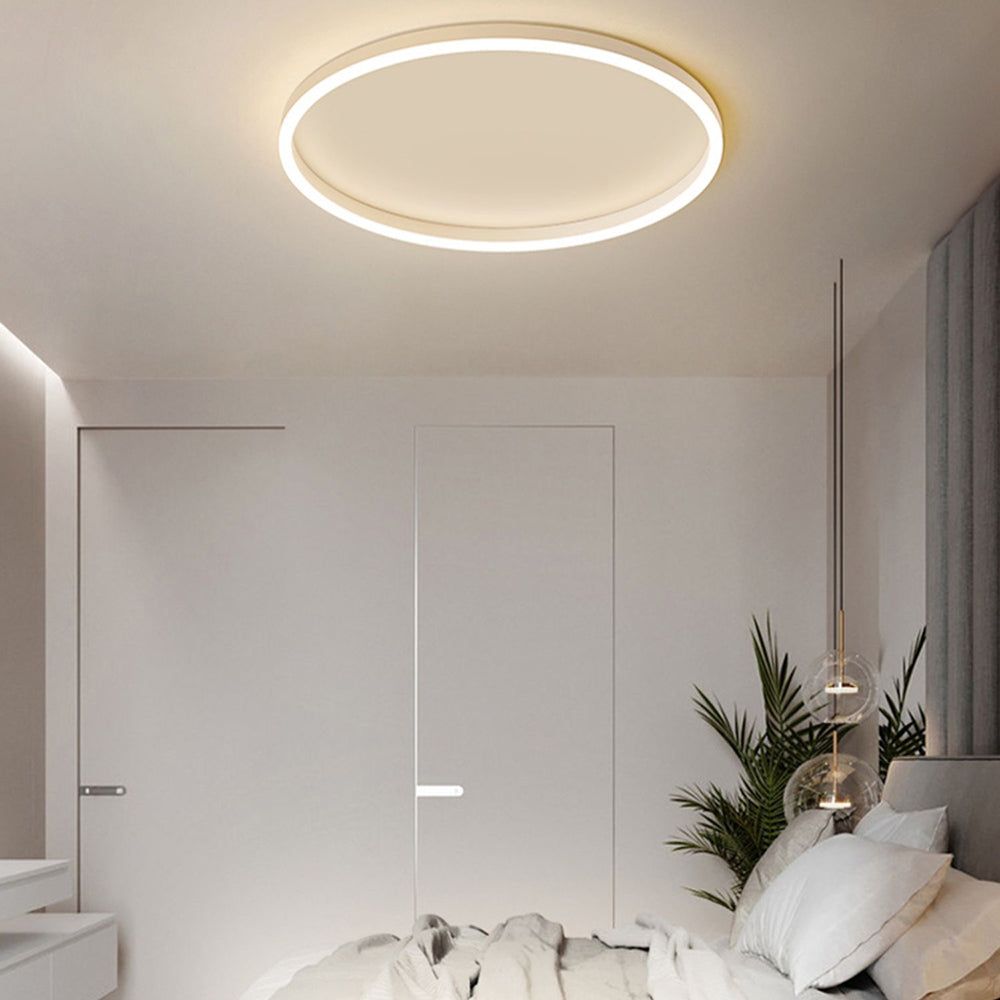How to Replace a Dyson V10 Battery
industrialising new technology.
Data centres can leverage liquid cooling strategies to optimise efficiency.One approach combines direct-to-chip liquid cooling for processors and GPUs with traditional air cooling for other components within the rack.

Initially, both systems might be connected to the same chilled water infrastructure..Single phase immersion cooling offers the ability for higher rack densities than direct-to-chip, however, the IT equipment must be immersion ready which is not standard off the shelf equipment and for some IT manufacturers, not yet available.For some passive immersion cooling products, it is estimated 3 – 5% of the heat escapes from the immersion cooling unit into the room, therefore, for high-capacity rooms some air cooling will still be required.. With the trend of CHIP manufacturers ever increasing their compute capacity, supply temperatures of the chilled water system may be required to remain low whilst increasing the cooling capacity (increasing ΔT of the chilled water).

This could see the emergence of two tiers of systems: high compute systems with high density at lower chilled water temperatures (at a higher ΔT) and lower compute systems (still high compared to today’s IT) with a lower density at higher chilled water temperatures enabling much more free cooling.. Alternatively, a liquid cooled rack with air heat rejection (on the back of the rack) can be installed to provide liquid cooling whilst maintaining the existing air-cooled system, but this is a less common approach.. Onward look to heat rejection.In the realm of air-cooled data centres, the industry is increasingly gravitating toward to ASHRAE A1 allowable temperatures for data halls.

However, there is little indication of a shift toward A2 or higher temperature ranges.
Heat rejection systems, including mechanical cooling, have started to reach a plateau, with manufacturers making incremental enhancements to accommodate higher chilled water temperatures within the ASHRAE A1 range..Arguing against the benefits of nuclear power, opponents will list additional reasons why we should not use nuclear: cost, feasibility and the energy required to mine uranium and create nuclear power stations.
But the same aspects are a matter of debate for renewables.These objections are perfectly relevant in determining the right mix for our energy production portfolio.
But because we are trying to determine whether nuclear energy is clean and safe, we focus on the likelihood and scale of the negative aspects of nuclear..The main objections to nuclear are:.
